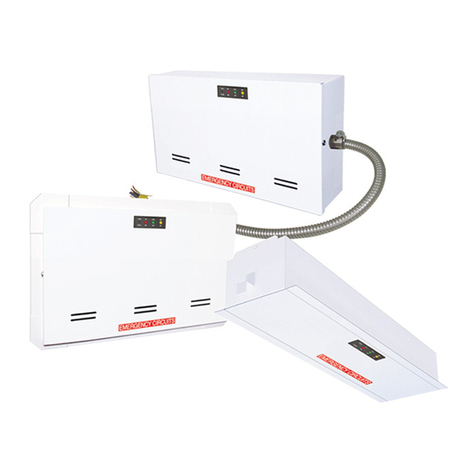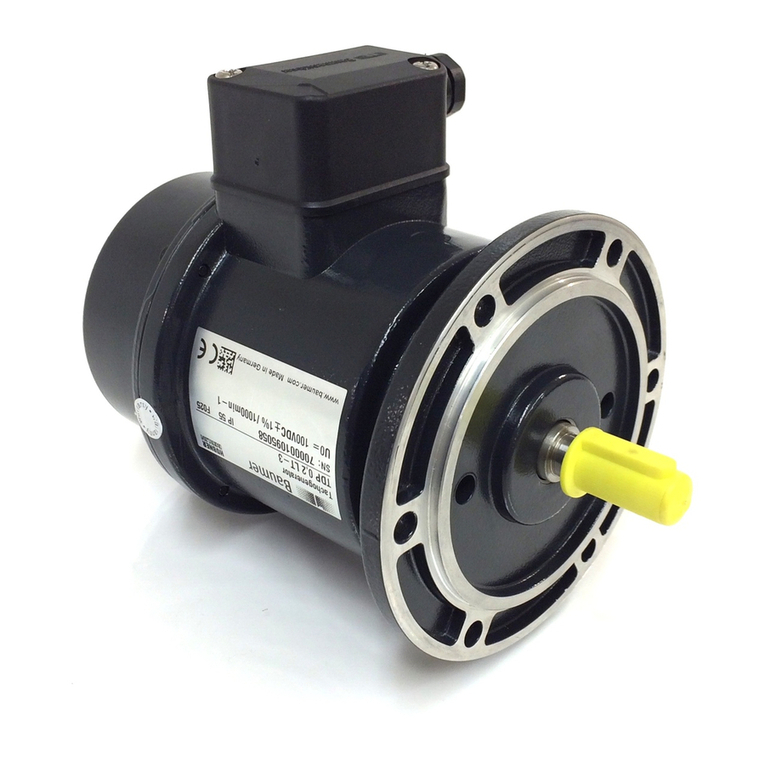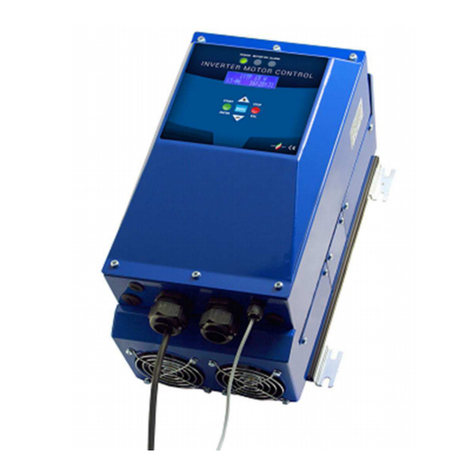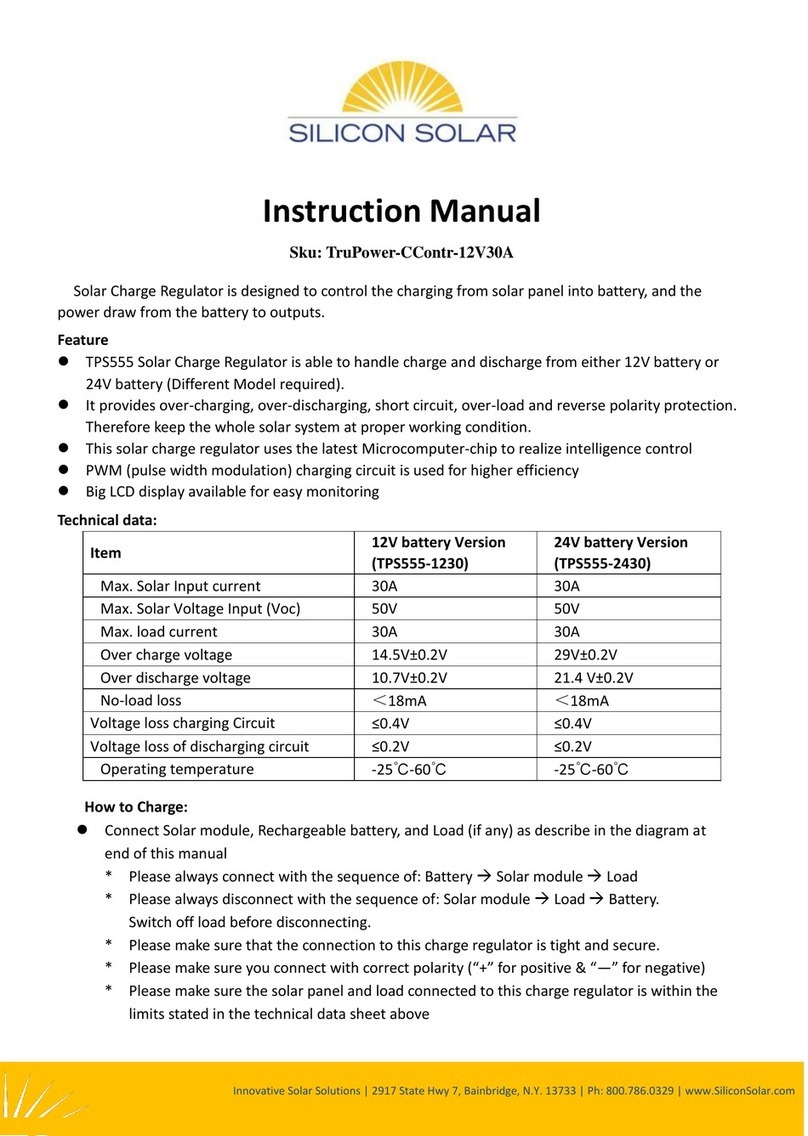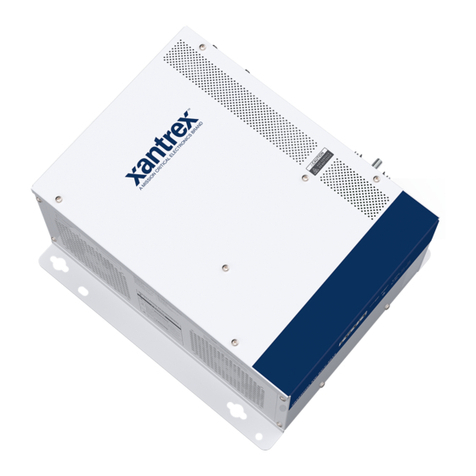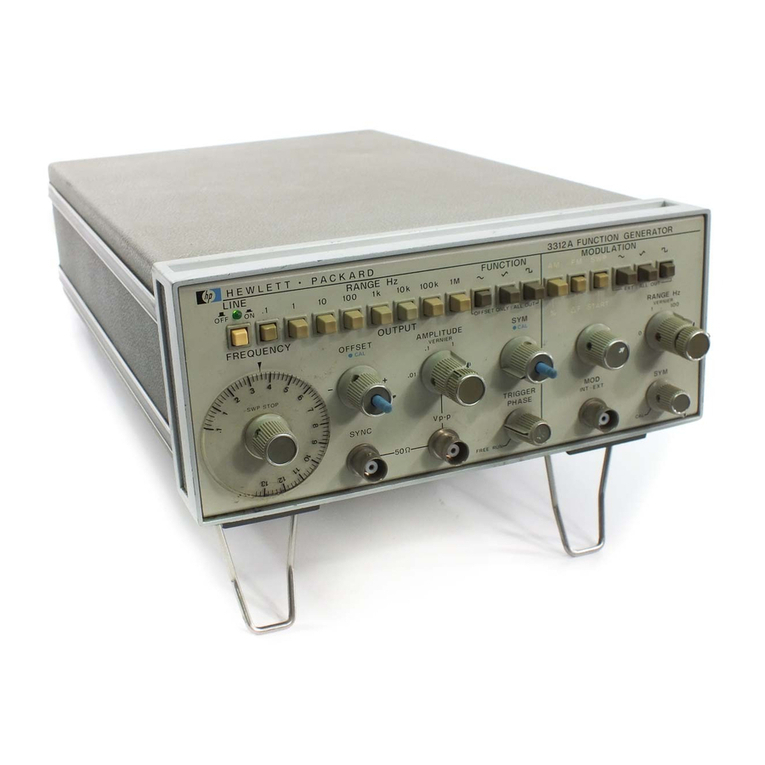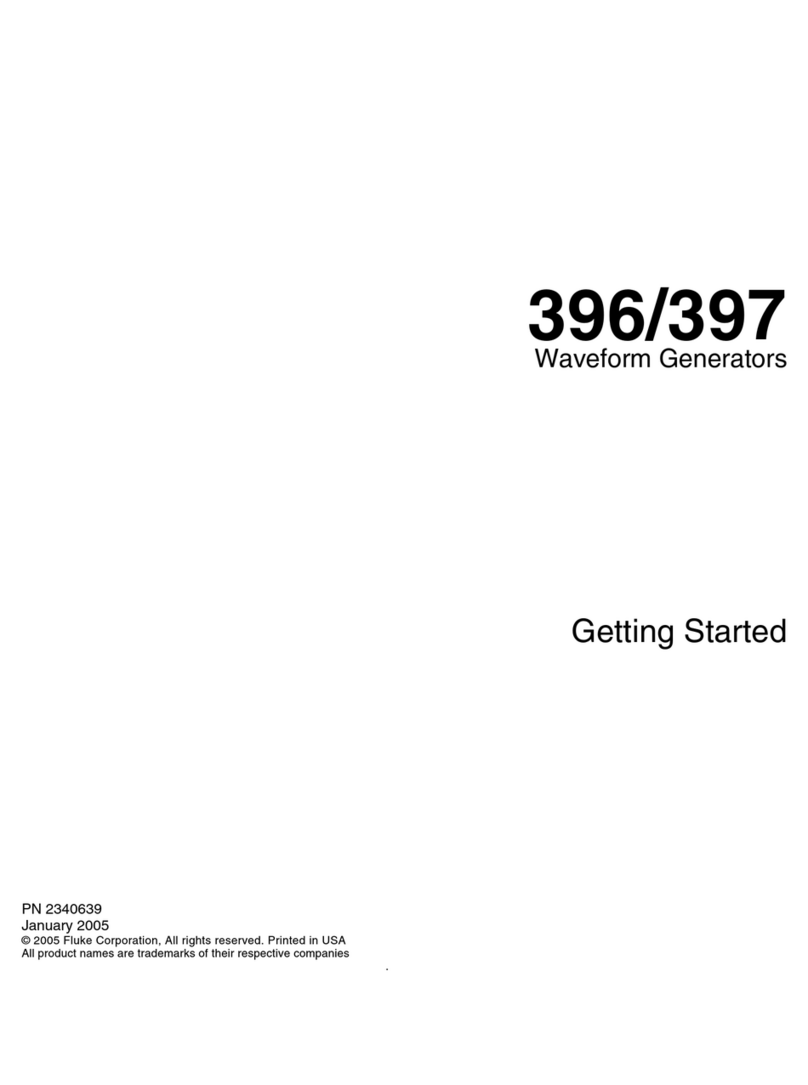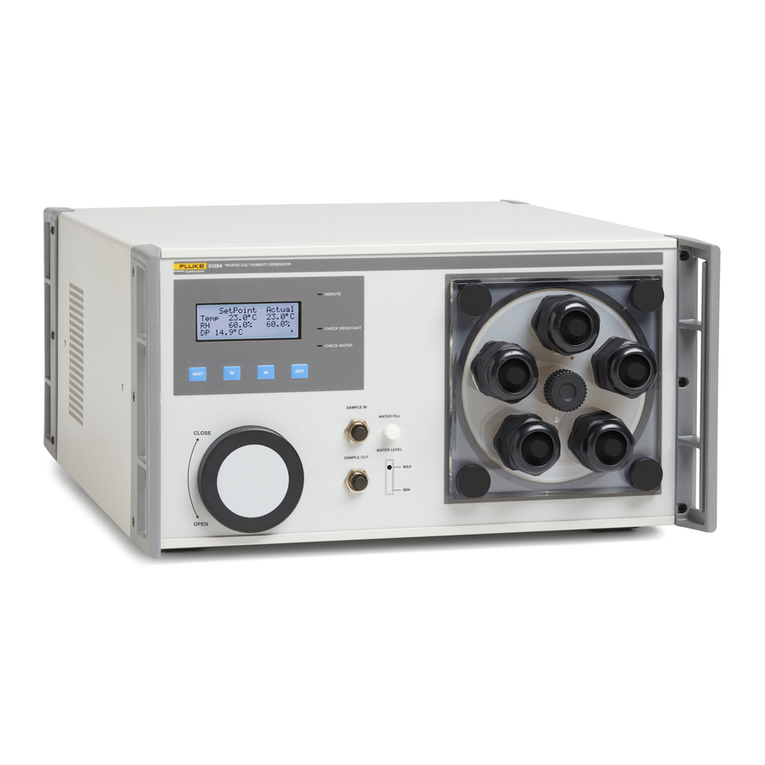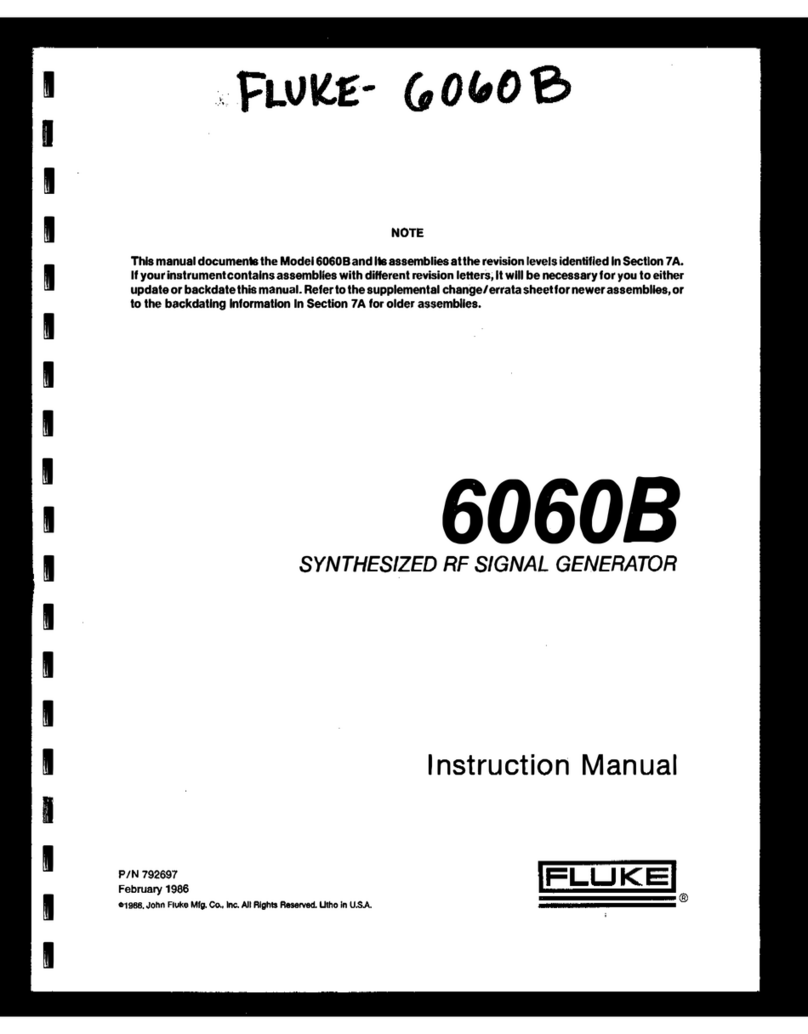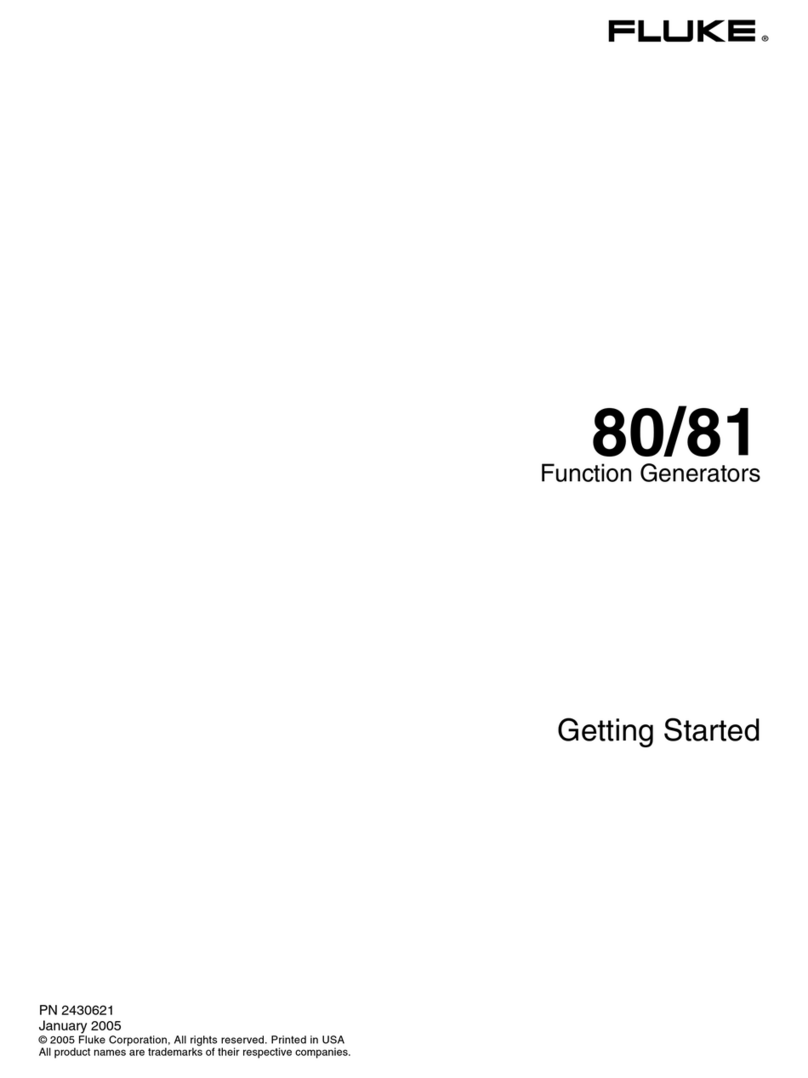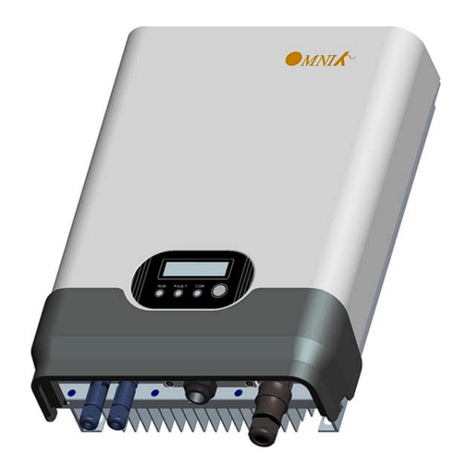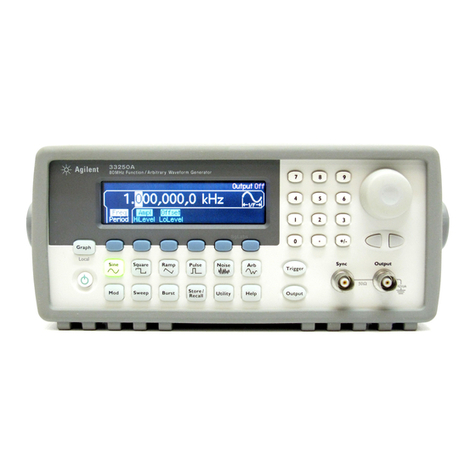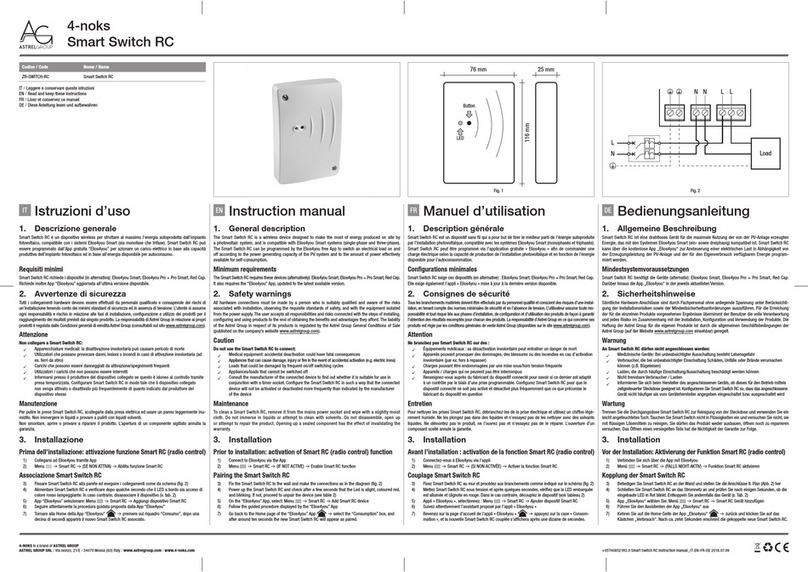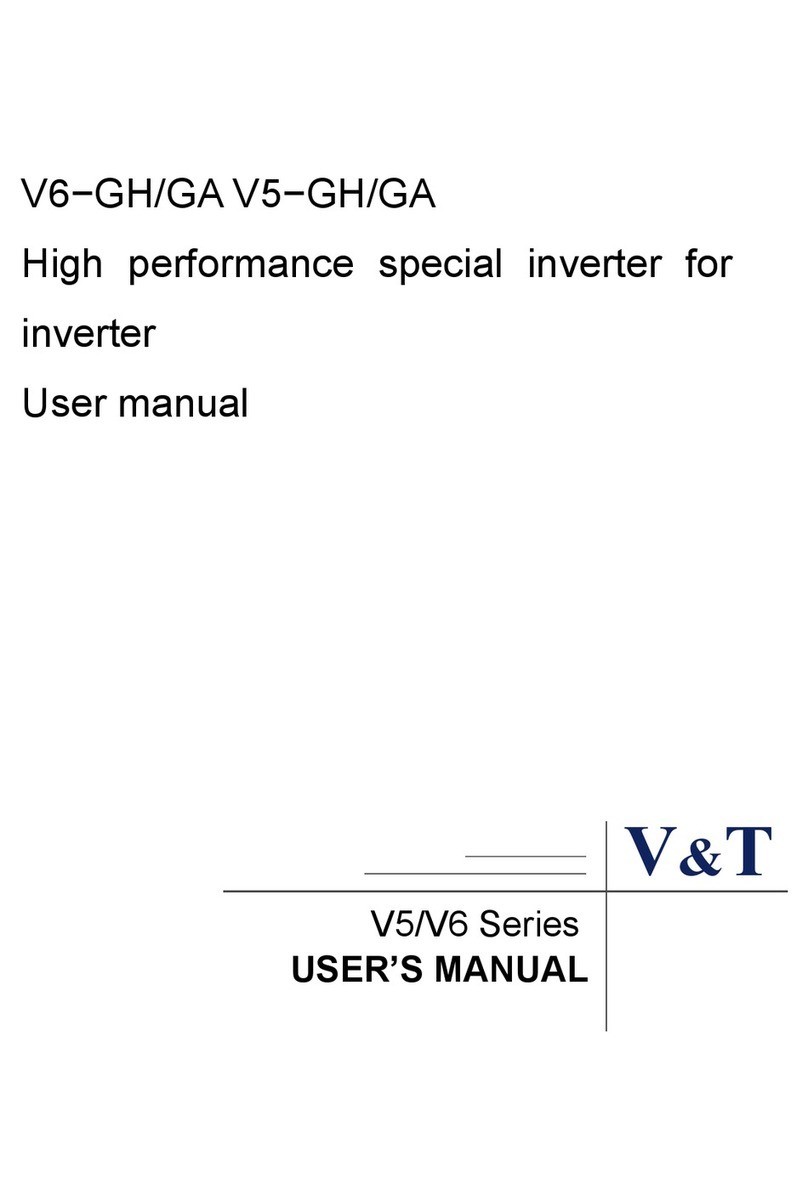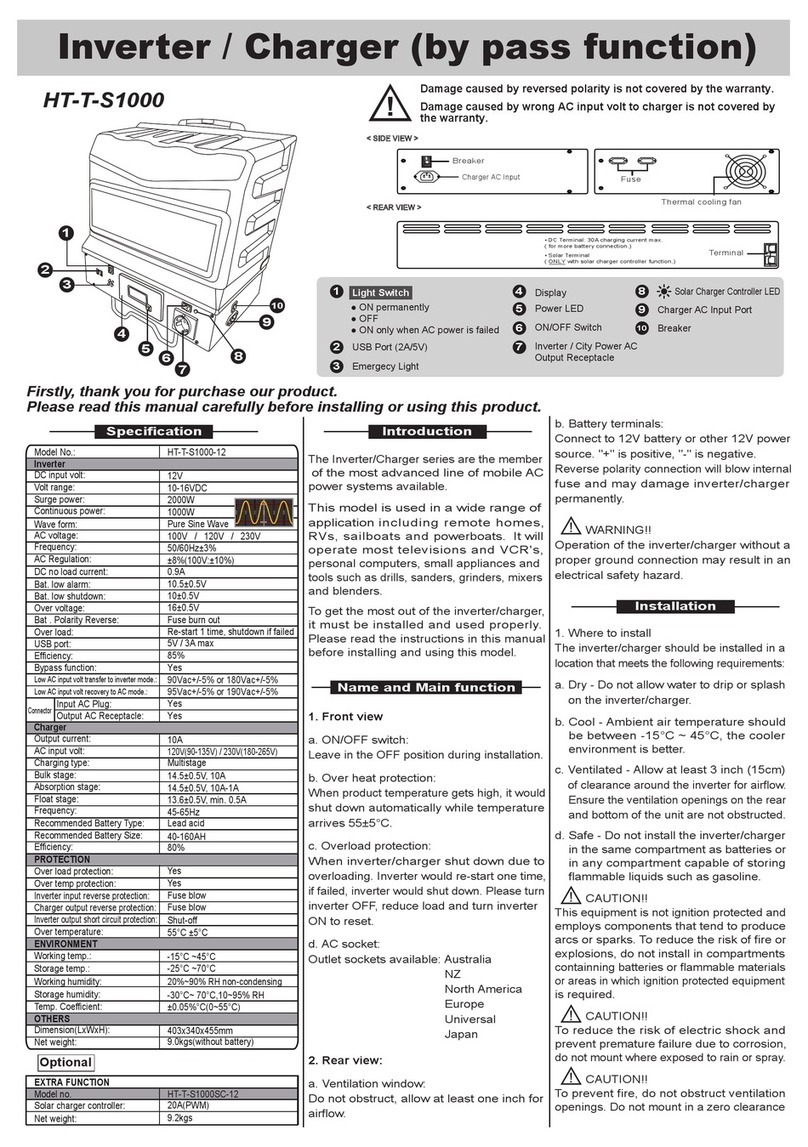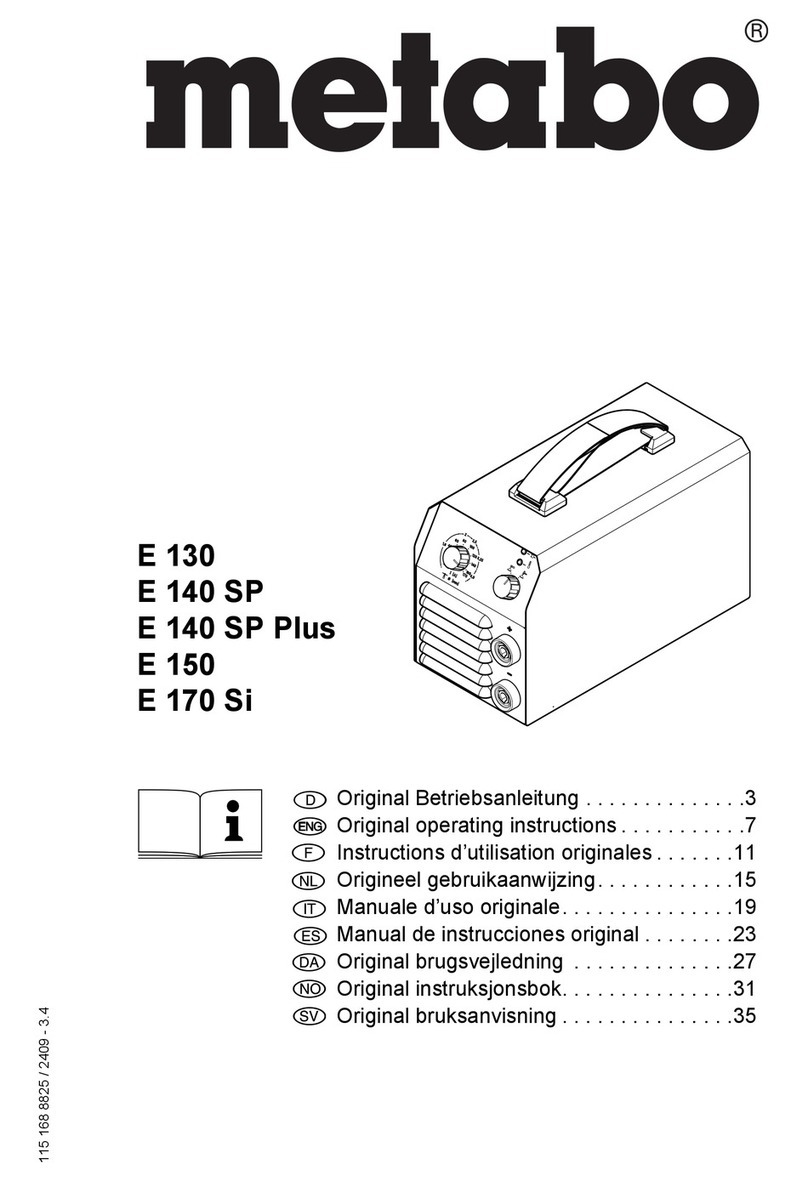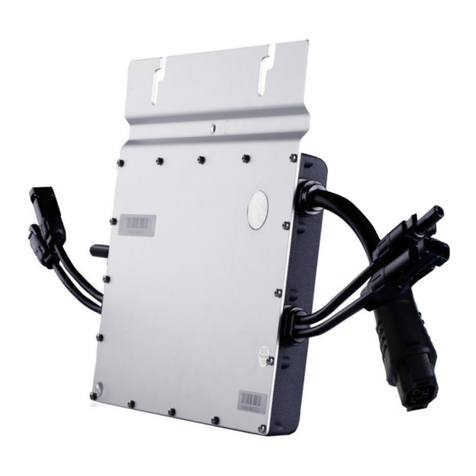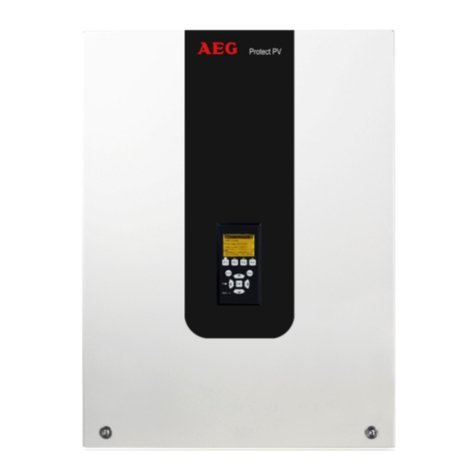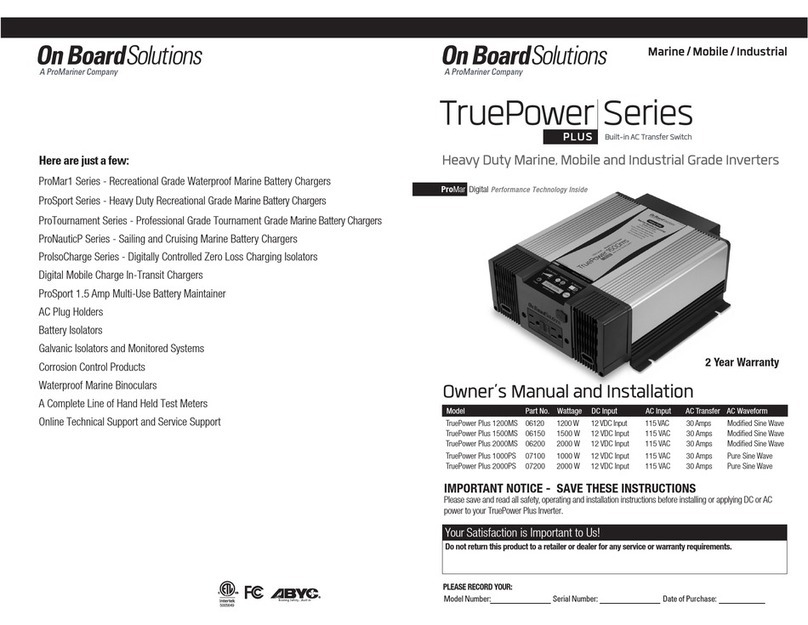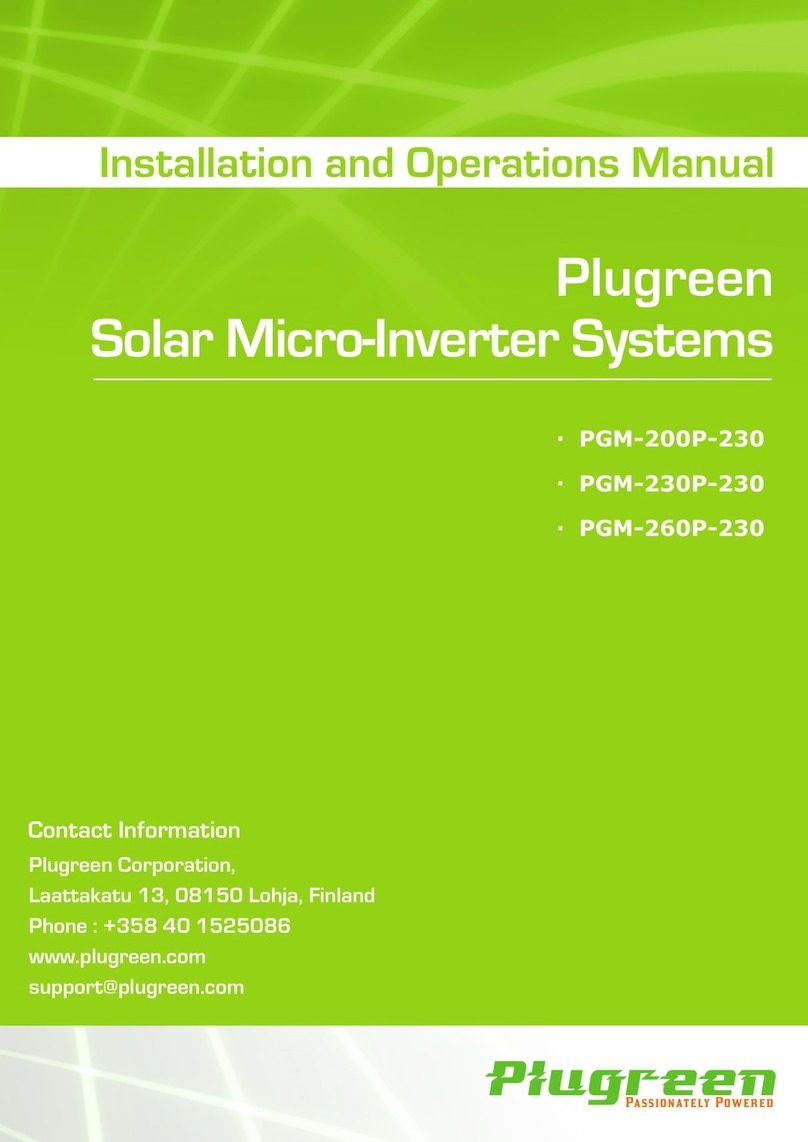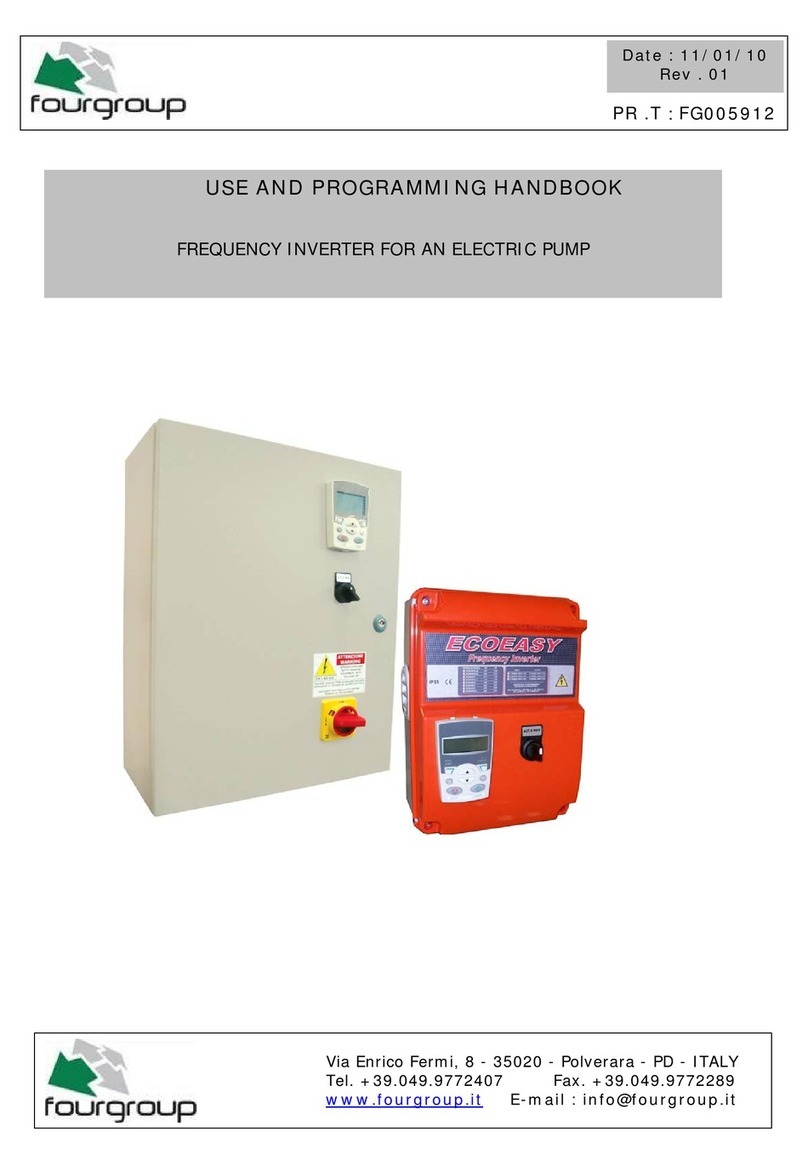
271
Users Manual
viii
Introduction........................................................................................................ 13-2
Synchronizing Principles................................................................................... 13-2
Connections for Synchronization....................................................................... 13-2
Generator Set-Ups.............................................................................................. 13-2
Synchronizing.................................................................................................... 13-3
14 Calibration............................................................................................ 14-1
Introduction........................................................................................................ 14-2
Equipment Required.......................................................................................... 14-2
Calibration Procedure ........................................................................................ 14-2
Setting the Password...................................................................................... 14-2
Using the Password to Access Calibration or Change the Password ............ 14-3
Calibration Routine ....................................................................................... 14-3
15 Application Examples......................................................................... 15-1
Introduction........................................................................................................ 15-2
Default Settings.................................................................................................. 15-2
Simple Main Generator Operation..................................................................... 15-2
Pulse Trains........................................................................................................ 15-2
Low Duty Cycle Pulse Trains............................................................................ 15-3
Multiple Pulses .................................................................................................. 15-4
Variable Transition Pulse Waveforms............................................................... 15-4
Slew-Limited Transitions.............................................................................. 15-4
Band-Limited Pulses ..................................................................................... 15-5
Pulses With Overshoot.................................................................................. 15-5
16 Remote Operation ............................................................................... 16-1
Remote Operation.............................................................................................. 16-2
Address and Baud Rate Selection.................................................................. 16-2
Remote/Local Operation ............................................................................... 16-2
RS232 Interface............................................................................................. 16-3
Single Instrument RS232 Connections ..................................................... 16-3
Addressable RS232 Connections.............................................................. 16-3
RS232 Character Set................................................................................. 16-4
Addressable RS232 Interface Control Codes............................................ 16-4
Full List of Addressable RS232 Interface Control Codes......................... 16-6
GPIB Interface............................................................................................... 16-6
GPIB Subsets ............................................................................................ 16-6
GPIB IEEE Std. 488.2 Error Handling ..................................................... 16-6
GPIB Parallel Poll..................................................................................... 16-7
Status Reporting........................................................................................ 16-7
Standard Event Status and Standard Event Status Enable Registers......... 16-8
Status Byte Register and Service Request Enable Register ...................... 16-8
Status Model.................................................................................................. 16-9
Power on Settings...................................................................................... 16-9
Remote Commands............................................................................................ 16-10
RS232 Remote Command Formats............................................................... 16-10
GPIB Remote Command Formats................................................................. 16-10
Command List............................................................................................... 16-11
Function Selection......................................................................................... 16-12
Main Generator Parameters........................................................................... 16-12
Sweep Parameters.......................................................................................... 16-12
Trigger and Gate............................................................................................ 16-13
1.888.475.5235info@Fluke-Direct.com Fluke-Direct.com
